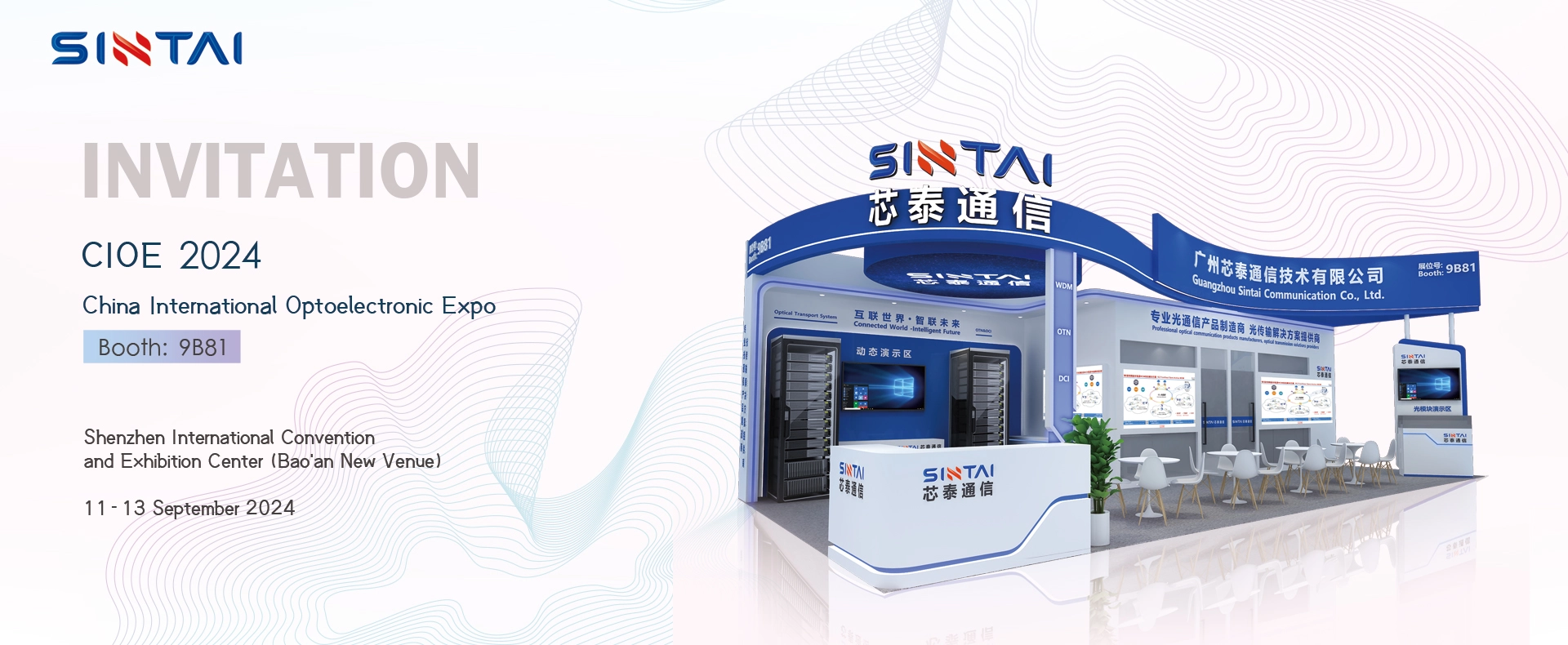CFP Optical Module plays an important role in modern optical communication systems, and its design structure directly affects performance and application scenarios. Flat-top and heatsink-top are two common structural designs in CFP Optical Module. This article will delve into the differences between the two and how to choose the appropriate optical module based on actual needs.
CFP Optical Module: Flat-top and heatsink-top usually refer to two different structures in optoelectronic devices:
The flat-top structure usually refers to the top structure of the laser or light emitter in the optical module being flat. This design for the CFP optical module allows light to propagate and focus more easily, facilitating more efficient light signal transmission in optical fibers or other transmission media. The flat-top design can improve light coupling efficiency and transmission efficiency and is relatively common in some high-performance optical communication or optical sensors.
The heatsink-top structure usually refers to the design of the top of the laser or optoelectronic device having a heatsink. These heatsinks are generally used to effectively dissipate heat, keeping the device operating temperature within a safe range. In high-power or high-density applications, the device may generate a lot of heat that needs to be transferred to the surrounding environment through the heatsink to prevent overheating and damage. Therefore, the heatsink design is crucial for the long-term stable operation of the optical module.
When selecting a CFP Optical Module, it is necessary to comprehensively consider multiple factors to ensure it meets the application requirements.
In applications requiring long-distance and high-speed transmission, the flat-top structure may be more suitable as it enhances light coupling efficiency. For short-distance or low-speed transmission scenarios, the heatsink-top structure might have an advantage.
If the application requires handling large amounts of power or high-density energy, the heatsink-top structure is particularly important. Good thermal management helps maintain the stability of the optical module, especially in high-power applications.
In terms of cost, the flat-top structure of the CFP Optical Module is usually simpler in design, while the heatsink-top structure may increase production costs. Therefore, it is necessary to balance budget and application needs.
Finally, consider the temperature of the application environment and the impact of other heat sources. If the ambient temperature is high, heat dissipation capability is especially critical; in this case, choosing a heatsink-top CFP Optical Module may be more appropriate.
CFP Optical Module: Flat-top and heatsink-top each have their unique advantages. The choice of the appropriate optical module structure should be based on specific application needs, transmission conditions, and environmental factors. The flat-top structure excels in optical transmission efficiency, while the heatsink-top has advantages in thermal management and stability. Understanding these differences helps users make informed decisions to achieve optimal performance in optical communication systems.


